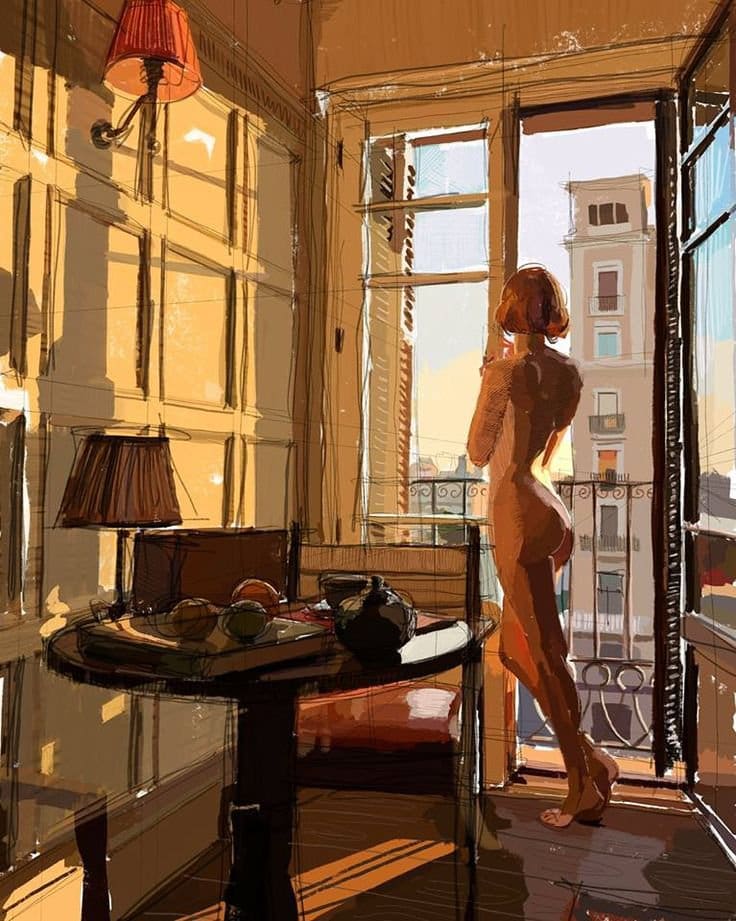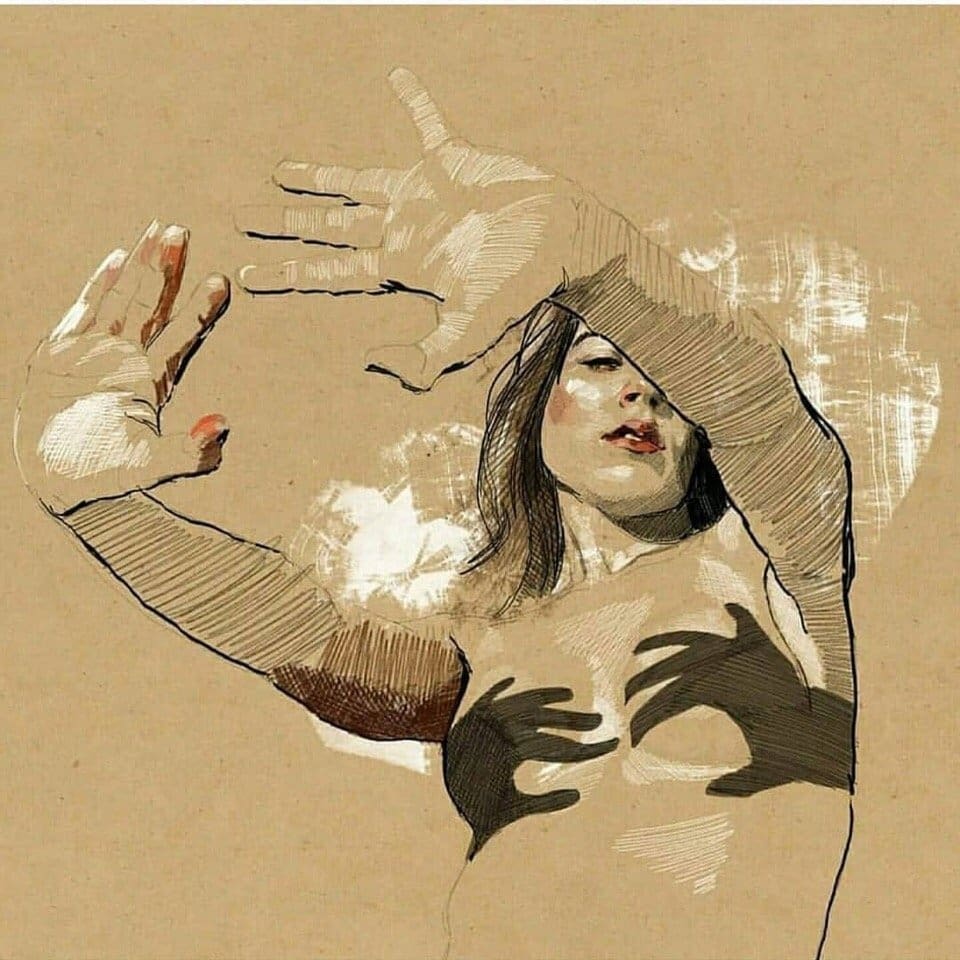Painting art has served as a cornerstone of human culture for millennia. From the earliest cave drawings to the masterpieces of the Renaissance and the abstract works of the modern era, painting has proven to be more than just decoration; it is a fundamental mode of expression that continues to hold immense importance.
This significance stems from its unique ability to document history, evoke profound emotional responses, and act as a powerful tool for social commentary and communication.
Before the camera
For centuries, painting was one of the primary ways humanity recorded its own story. Before the invention of the camera, a painted portrait was the only way to immortalize a monarch, and a painted battle scene was the sole record of a pivotal victory.
These artworks provide invaluable insights into the past, preserving not only the appearance of people and places but also the values, beliefs, and daily lives of different cultures.
The intricate details of a medieval tapestry, a vibrant mural from ancient Egypt, or a detailed still life from the Dutch Golden Age all function as historical documents, allowing us to connect with our ancestors and understand their world in a way that written text alone cannot.
Beyond its historical function, painting art is uniquely capable of conveying emotion and eliciting a powerful psychological response in the viewer. An artist uses color, light, shadow, and texture not merely to represent reality but to communicate a feeling or a state of mind.
A vital platform
The somber palette of a Goya painting can convey a sense of dread, while the swirling brushstrokes of Van Gogh’s “The Starry Night” can capture a feeling of ecstatic chaos. Viewers, in turn, can connect with these emotions on a deep, personal level. The act of engaging with a painting is a dialogue between the artist and the observer, a shared emotional experience that transcends language and cultural barriers. This direct, sensory form of communication makes painting an irreplaceable outlet for human feeling.
Finally, painting has always been a vital platform for social and political commentary. Artists throughout history have used their work to challenge authority, protest injustice, and spark critical conversations. The powerful imagery of a piece like Picasso’s “Guernica” communicates the horror of war more viscerally than any photograph.
In this way, painting is a form of resistance and a voice for the voiceless. It allows artists to address complex and difficult topics in a way that forces the viewer to confront them, inspiring empathy and critical thought. The enduring relevance of painting lies in its capacity to hold a mirror up to society, reflecting our triumphs and failures and encouraging us to consider the world from a new perspective.
In conclusion, the importance of painting art is multifaceted and undeniable. It is a historical archive, a vessel for emotional expression, and a medium for social change. While new forms of artistic media emerge, the raw, personal connection between a painter, their canvas, and the viewer ensures that this ancient art form will continue to shape and enrich human experience for generations to come.







Leave a Reply